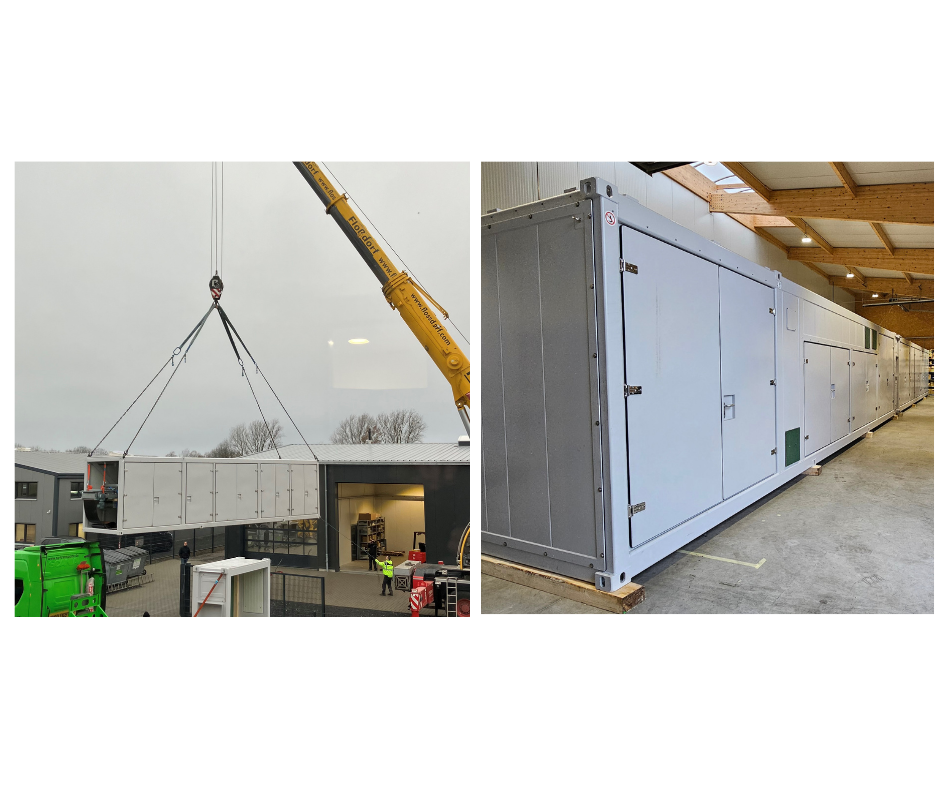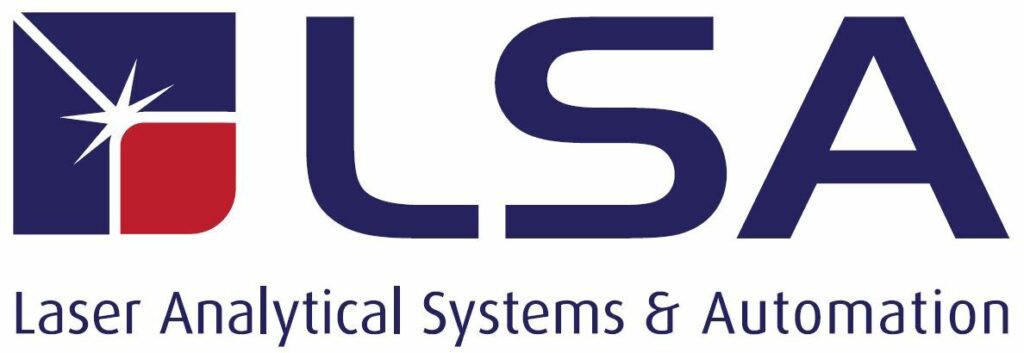Assembly and Commissioning

After two years of meticulous planning and development, we finally kicked off the mechanical assembly of our ReSoURCE sorting system in October-November 2023. The initial phase included setting up the conveyor technology, including conveyor belts, a vibration feeder, and a bunker, which were all expertly assembled by our supplier.
In early December, the much-anticipated containers arrived at LSA in Aachen. A massive 110-tonne truck-mounted crane was ready at the crack of dawn to lift the two containers onto our premises. With a combination of crane precision, forklift maneuvering, armored rollers, and a lot of dexterity, we positioned the containers in the assembly hall down to the millimeter.
With the containers securely in place, we moved on to installing the remaining components. First up was the extraction system, designed to handle dust extraction inside the containers and for the bunker, boasting an impressive suction power to avoid any major deposition of fines. This system takes up about a third of the first container, serving as the heart of our air conditioning technology. We laid extraction pipes across both containers and installed extraction points in dust-heavy areas. Additionally, a heat recovery system was set up in the sorting container to keep it warm during winter, ensuring the interior doesn’t cool down.
One of the key challenges was handling the limited space between the conveyor belts and to consider future dismantling when the machine will be shipped. Meanwhile, our team connected the conveyor belts and extraction system electrically, enabling us to begin operational testing. We ran smaller batches of refractory bricks through the system by hand, using particularly dusty samples to test and visualize the dust extraction process.
With the successful commissioning of these major components, we moved on to the installation of the measuring bridge and the first sensor components. The 3D image recognition and LIBS unit were our first targets, alongside the installation of the necessary control cabinets inside the container. Just in time for the M24 meeting, we achieved the first detections using the 3D object recognition and analyzed them with the LIBS unit.
In the coming weeks, we’ll be adding more components, including HSI cameras to the measuring bridge, delta robots, and a pneumatic air ejection unit for sorting. To ensure seamless operation, we’ll also be laying down several hundred meters of cable and measuring lines.
Stay tuned for more updates as our installation and commissioning is still in progress! We’ll share the latest developments in an upcoming blog post!

Author’s Portrait
Carsten Coenen
Carsten Coenen is a development engineer at LSA – Laser Analytical Systems & Automation GmbH (Germany) since 2022. He is working on the mechanical design and the implementation of high-precision 3D-printed parts for use in optical modules. Previously, he completed an apprenticeship as an electronics technician at RWTH Aachen University and received his B.Eng. Mechatronics and M.Sc. Mechatronics from FH Aachen University of Applied Sciences.
During his studies, he already worked as a working student at RWTH Aachen University and at AGVR GmbH (Germany). Since he joined LSA, he has also been involved in EU projects (e.g. REVaMP and ReSoURCE).
Partner
